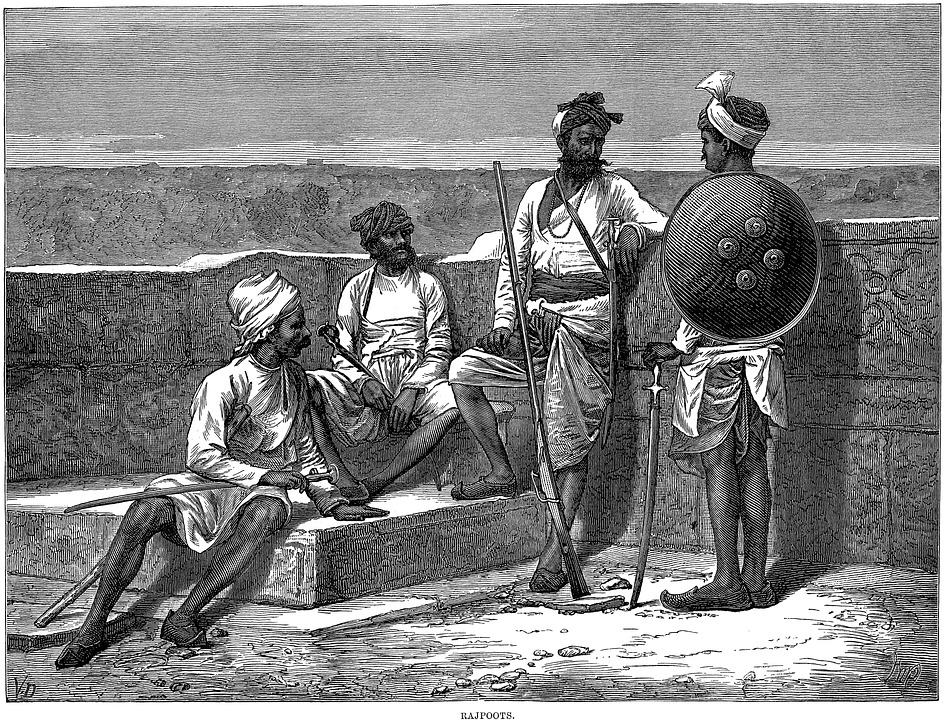Caste system in India
The caste system in India is a hierarchical system that divides society into four different groups. These castes are Brahmins, Kshatriyas, Vaishyas, and Shudras. The caste system is based on the principle of purity and impurity. The upper castes are considered to be purer as they do not indulge in polluting activities such as working with dead animals, scavenging, or performing manual labor.
The lower castes are considered to be less pure as they indulge in these polluting activities. They are also not allowed to touch the upper caste members nor enter their houses and temples. The caste system in India is a social stratification that is found in many parts of the world, but it is most prevalent in the Indian subcontinent. The castes are hierarchical, with those higher up having more social privileges than those lower down. In India, the caste system has been outlawed but it still continues to have an impact on society.
The Brahmin are traditionally priests, teachers, and scholars. They are also usually vegetarians. The people in this group believe that they have a duty to be compassionate to all people. The Kshatriya is traditionally warriors and politicians. They believe that they have a duty to be just to all people, but not compassionate. The Vaishya are traditionally merchants and traders, but can also include farmers who own land or other property. This group believes it has a duty, to be honest with all people but not compassionate.







